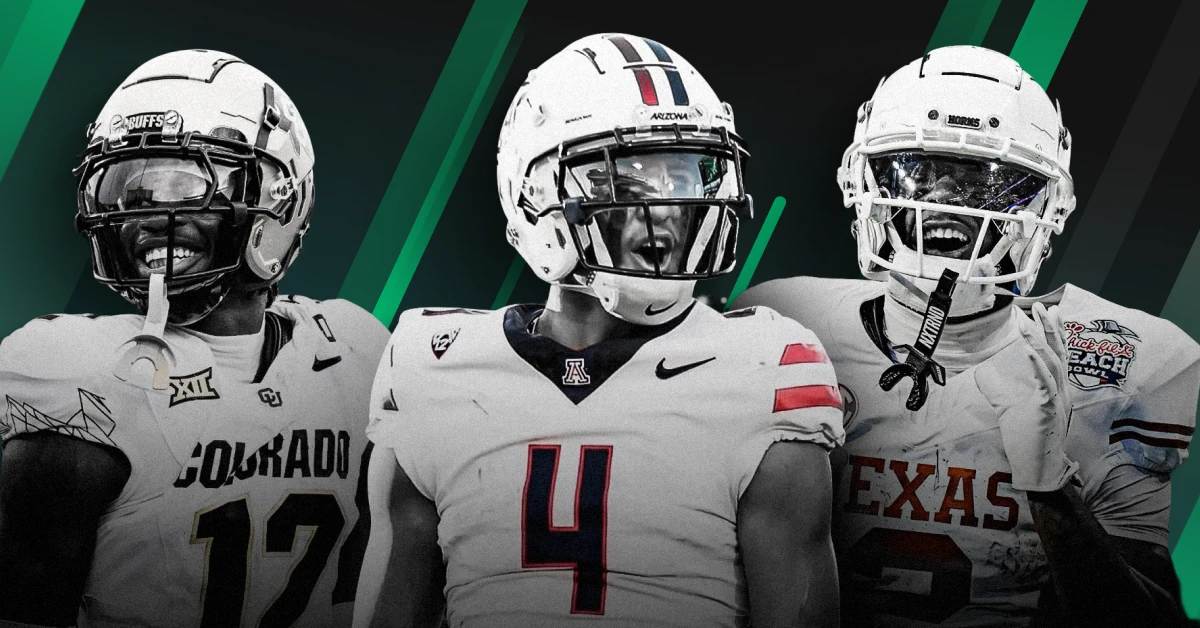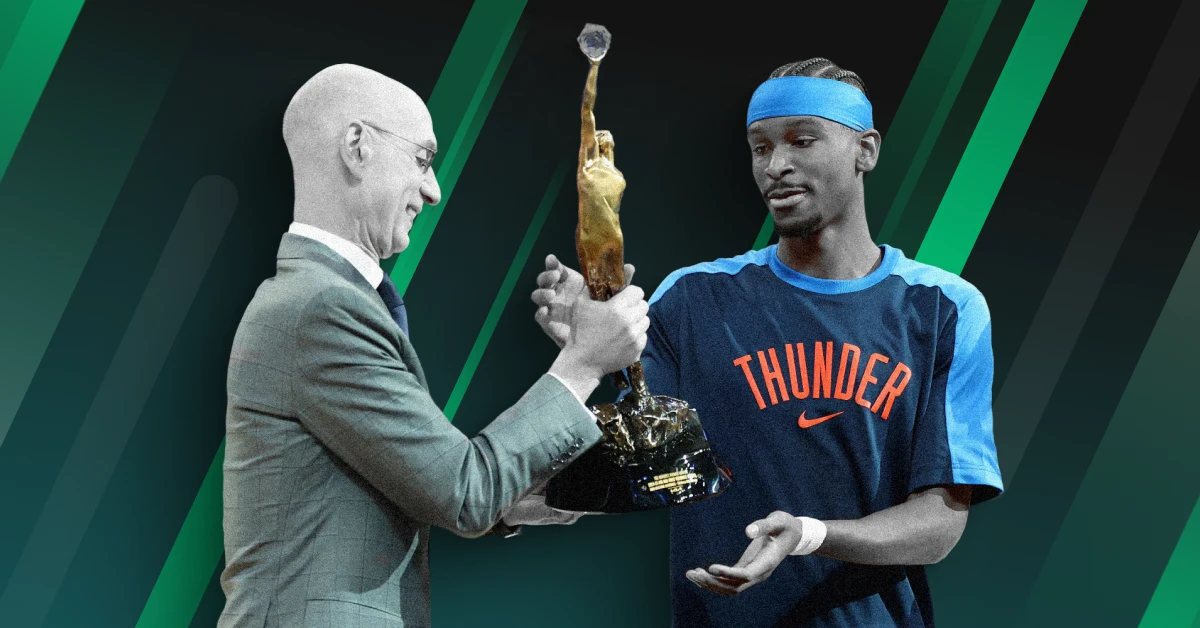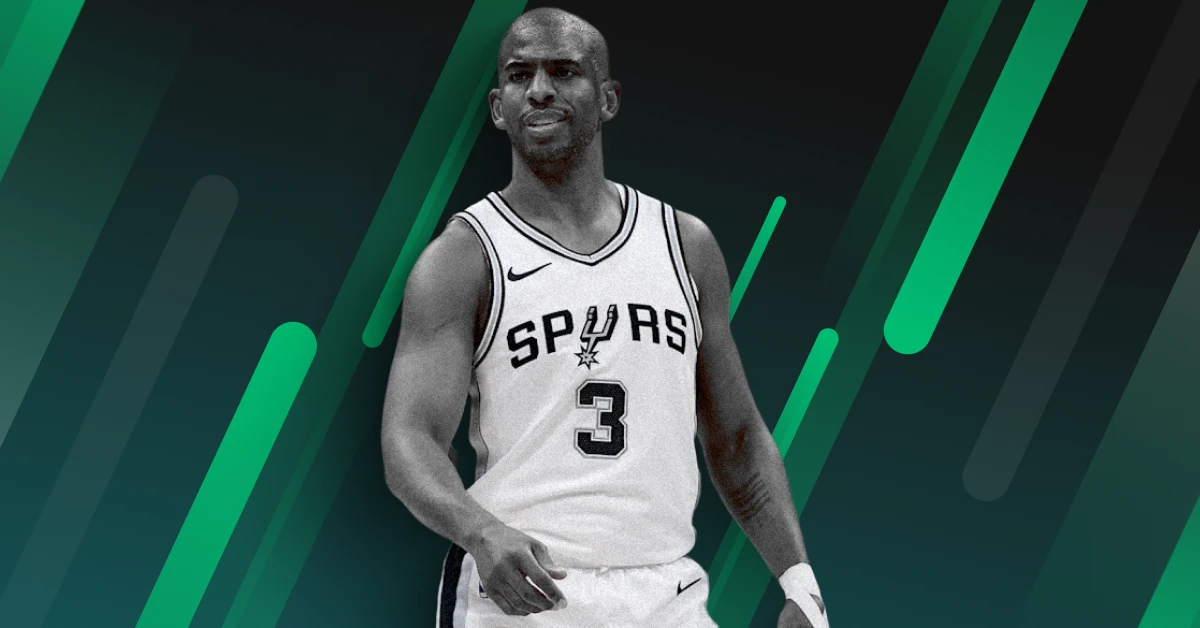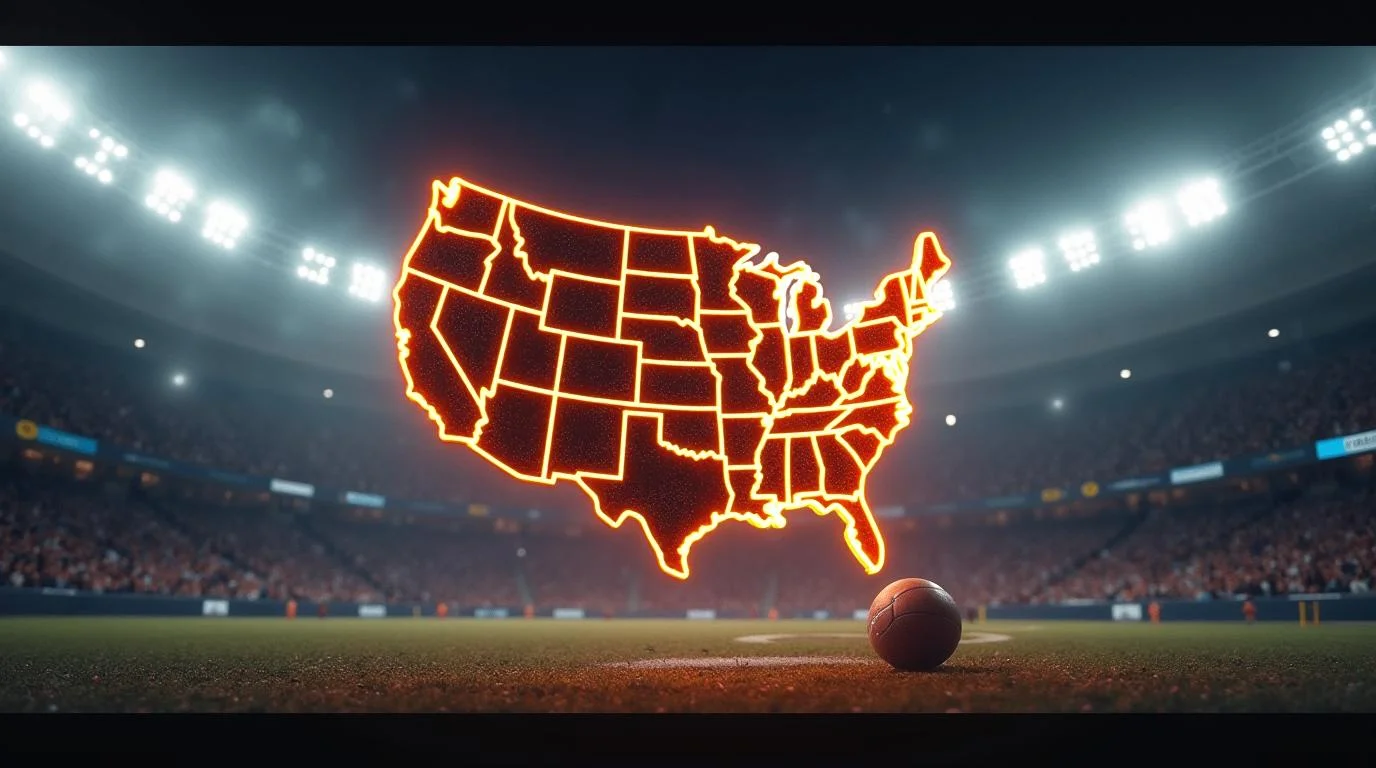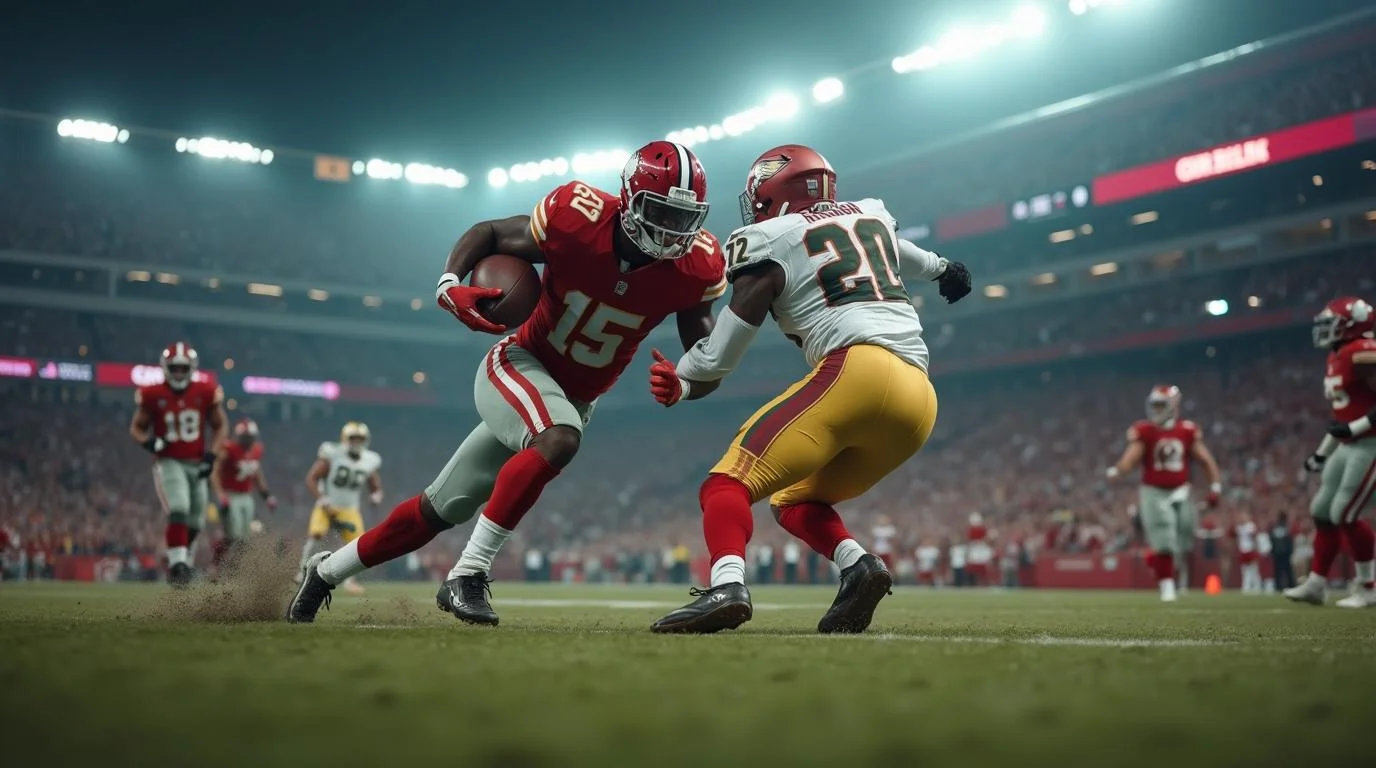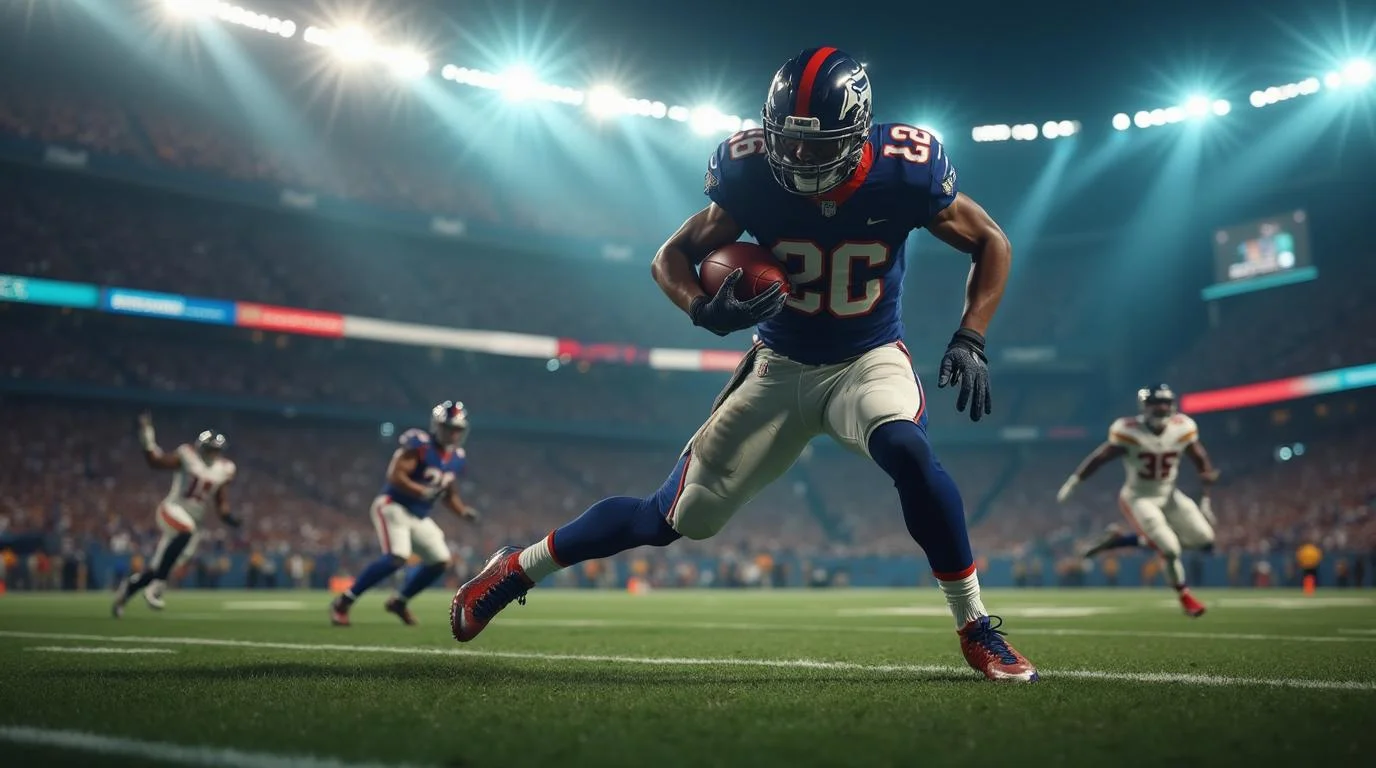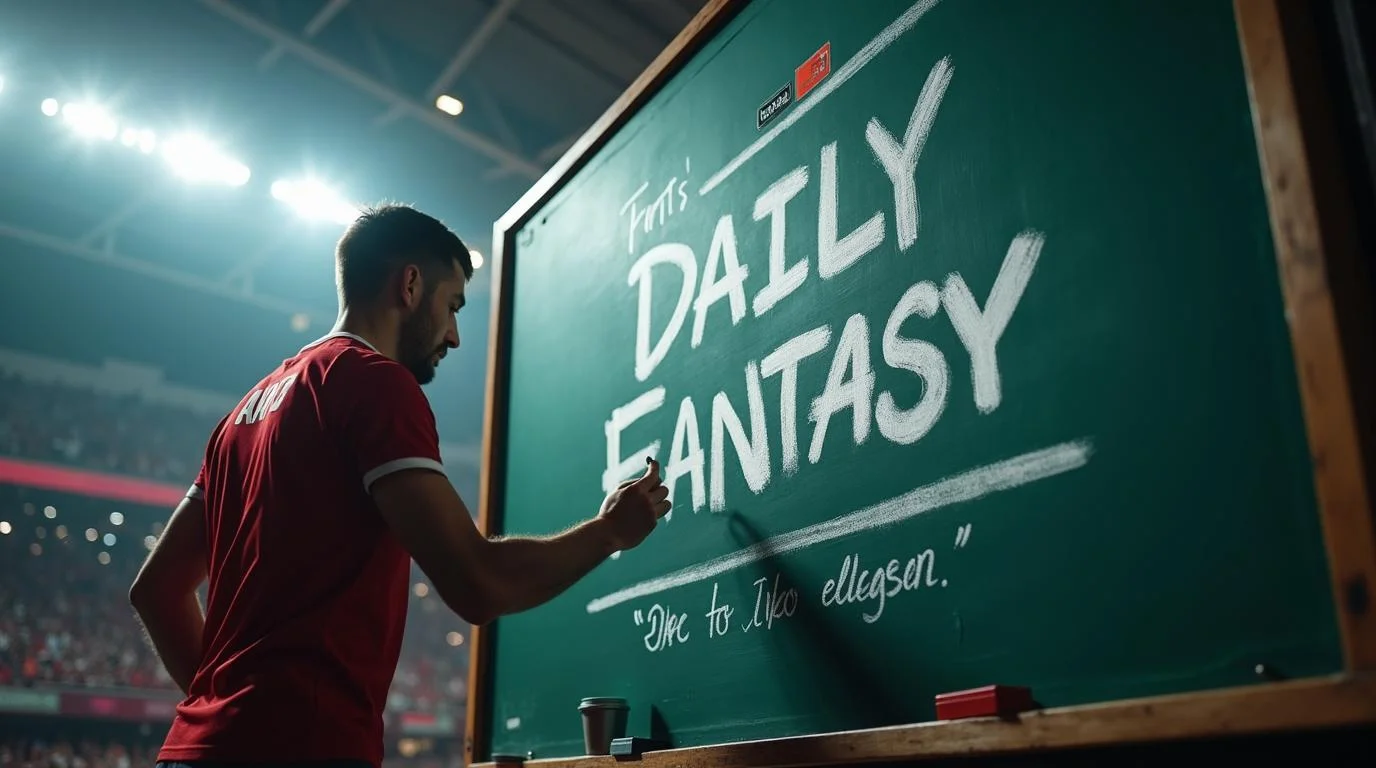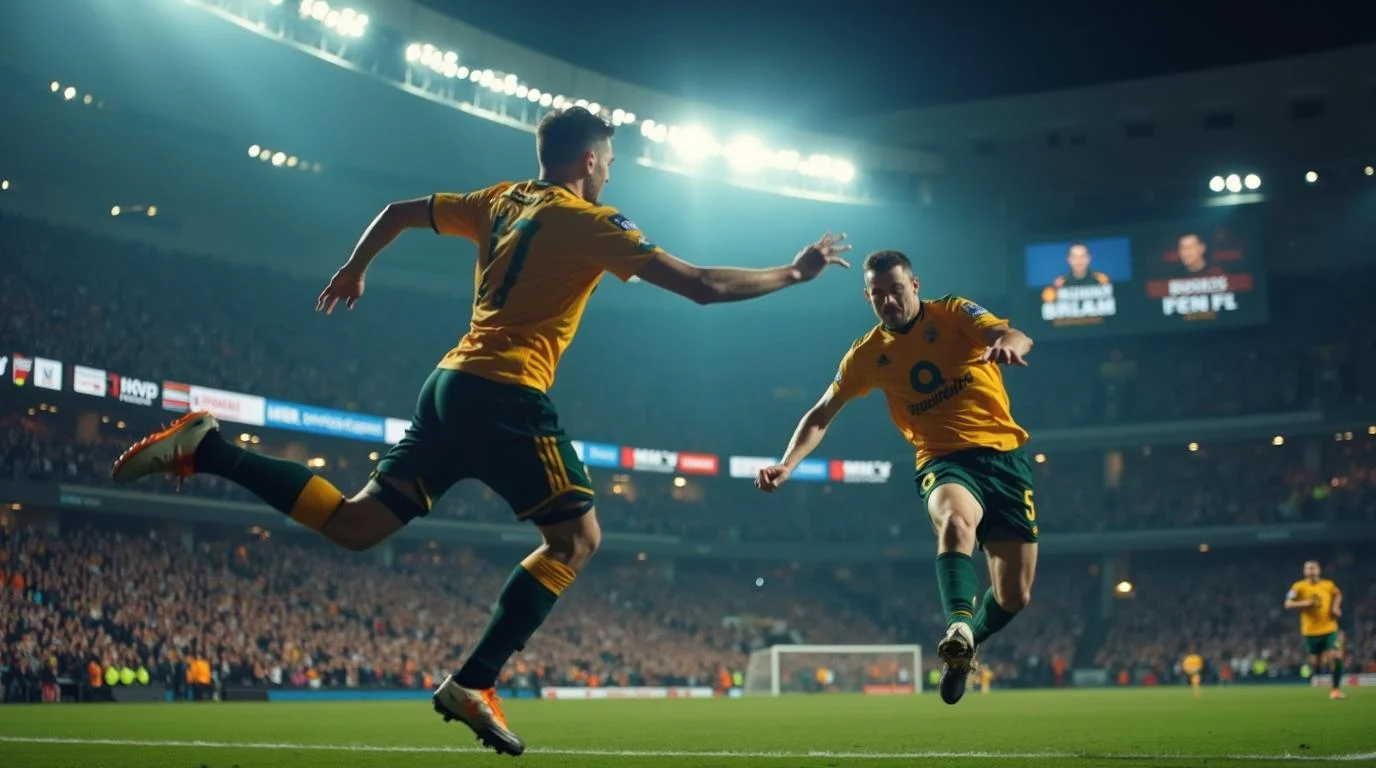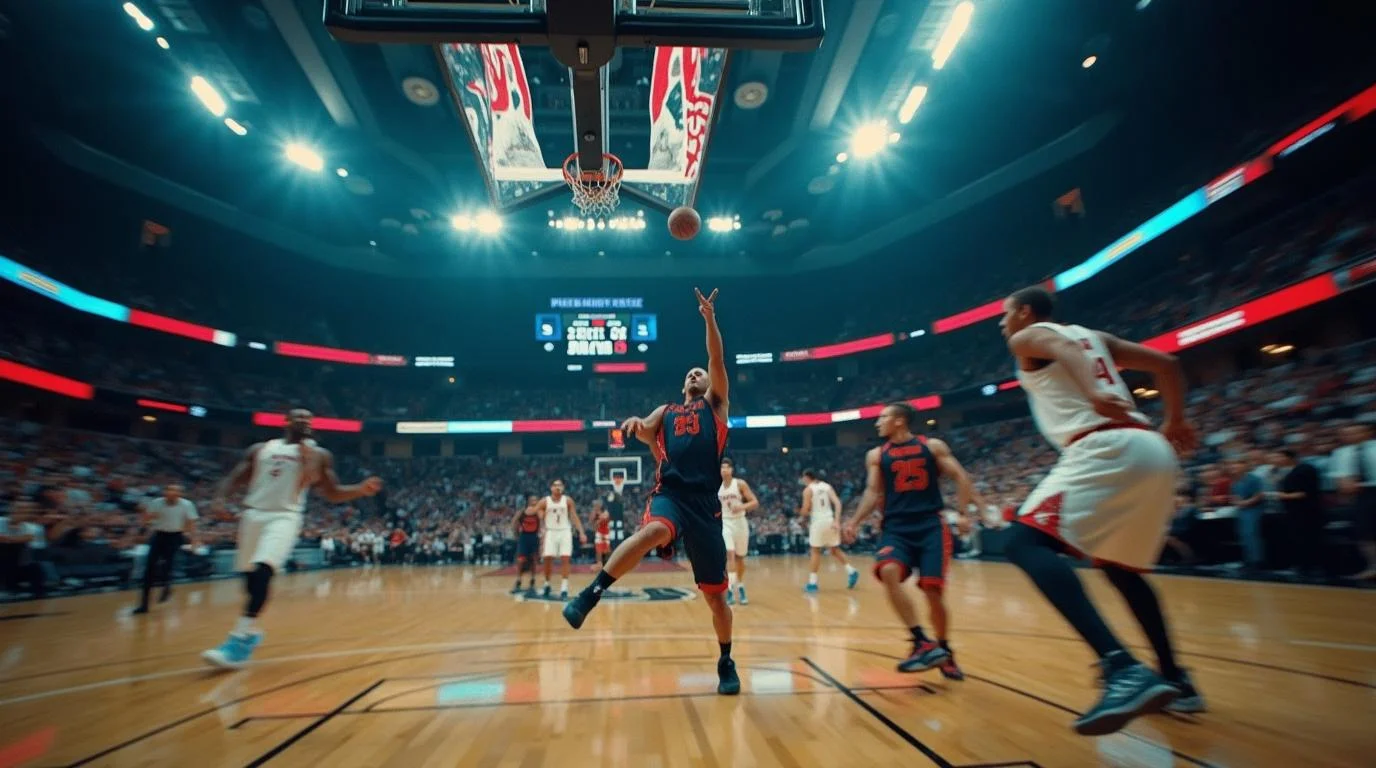NFL’s Dominance in the United States
Established 104 years ago, the NFL has placed itself as one of the major leagues in the United States and has kept its dominance over other known sporting leagues in the country, such as the NBA, the NHL, the MLB, and the MLS. It cannot be denied that American football stands as a landmark sport to look out for – even in colleges, and it has helped elevate the NFL’s status as the prime-time sports league that many fans would not want to miss.
As a result, most sports leagues veer away from its schedule. The NBA Finals and the Stanley Cup Final are held in June, while the World Series is held during October, and the MLS Cup Final in December – all way far from the Super Bowl’s schedule in February. This says a lot about the impact of the NFL as a leading league in the game, and why it remains a landmark to watch among many fans today.
On top of that, the NFL is the wealthiest professional league in the whole world in terms of revenue, all while also having the highest average attendance of any sports league in the world at a whopping 67,591. If you are not impressed, the Super Bowl alone is the most-watched sporting event in the world, and the NFL’s
individual games account for a huge number among the most-watched television programs in American history – even occupying the top five of Nielsen's all-time most-watched U.S. television broadcasts by 2015.
The Revenue Talks for the NFL
Since 2010, sponsorship spending has been at a high level for the NFL, with a lot of sporting companies engaging with the sports league and building impressive partnerships time after time. Moreover, these sponsors are keen to invest a lot of money just to give their respective brands increased visibility with the way the NFL has been racking up high viewership over the years.
NFL League and Team Sponsorship Revenue in the Last 10 Years

The NFL has seen consistent growth in sponsorship revenue year over year. The revenue increased from $1,200 million in 2015 to $2,490 million in 2024, marking a growth of over 100% in this period. This highlights the league's increasing ability to attract global partners and expand its brand presence. The steady upward trajectory reflects the league's ongoing success in securing and expanding high-value sponsorship deals.
Despite the challenges of the COVID-19 pandemic in 2020, where revenue dropped slightly to $1,620 million, the league showed resilience. By 2021, sponsorship revenue rebounded strongly to $1,800 million, and continued growing in the following years, demonstrating the NFL's robust financial foundation and appeal to global brands even in uncertain times.
The sharp rise in sponsorship revenue suggests the NFL's increasing reliance on diversified sources of income, such as global broadcasting deals, high-profile partnerships, and new digital or international ventures. This growth speaks to the NFL's ability to create innovative sponsorship opportunities that resonate with a wide range of industries.
With such impressive increases in sponsorship revenue, it's clear that sponsorship is a central pillar of the NFL's business model. The league's sustained growth highlights its ability to attract a diverse range of sponsors who are eager to align with its high-profile events, including the Super Bowl, NFL Draft, and weekly games.
Fan Following of the NFL
Considering the fact that there are also many other sports leagues in the United States and even Canada, it is worth noting that the NFL remains a dominant league to look out for. It is worth noting that the great American game really shines bigger than what most people expect, and it cannot be denied that the NFL stands out with its fan following now more than ever.
US Sports Leagues by Fan Popularity in 2025

The NFL stands as the undisputed leader in both avid and casual fans among U.S. sports leagues. With 34% of avid fans and 28% of casual fans, the NFL’s fanbase far surpasses all other leagues in terms of engagement and loyalty. Its comprehensive dominance is a testament to the league's unparalleled ability to connect with a broad range of U.S. sports enthusiasts.
With 28% of casual fans, the NFL also outperforms all other sports leagues in attracting a large, less-engaged but still significant group of followers. This broad appeal to casual fans is crucial for the NFL, as it helps drive viewership during high-profile events like the Super Bowl and regular season games, which have massive national and international audiences.
The NFL's ability to attract and retain avid fans (34%) — those who are deeply engaged and invested in the league — sets it apart from other sports. This is a key metric, as avid fans are more likely to attend games, watch broadcasts, and invest in merchandise. In contrast, the NBA (21%) and MLB (19%) have a significantly smaller share of their fanbase in this highly engaged category, which indicates the NFL’s deep cultural integration.

The NFL's vast fan base is a key driver of its massive sponsorship and media rights revenue. The league’s loyal fan following across both avid and casual categories directly influences the financial power and commercial appeal of its teams, sponsors, and partners. It’s this immense and diverse fanbase that allows the NFL to command premium deals, be it through broadcasting, sponsorship, or merchandise sales.
While the NBA and MLB have significant followings, with 21% avid fans for the NBA and 19% avid fans for MLB, the NFL’s fanbase remains overwhelmingly larger. Even though these leagues have strong cultural relevance (especially the NBA globally and MLB’s deep historical roots in the U.S.), they have yet to challenge the NFL’s dominance in both the avid and casual fan categories.
King of the US Sports











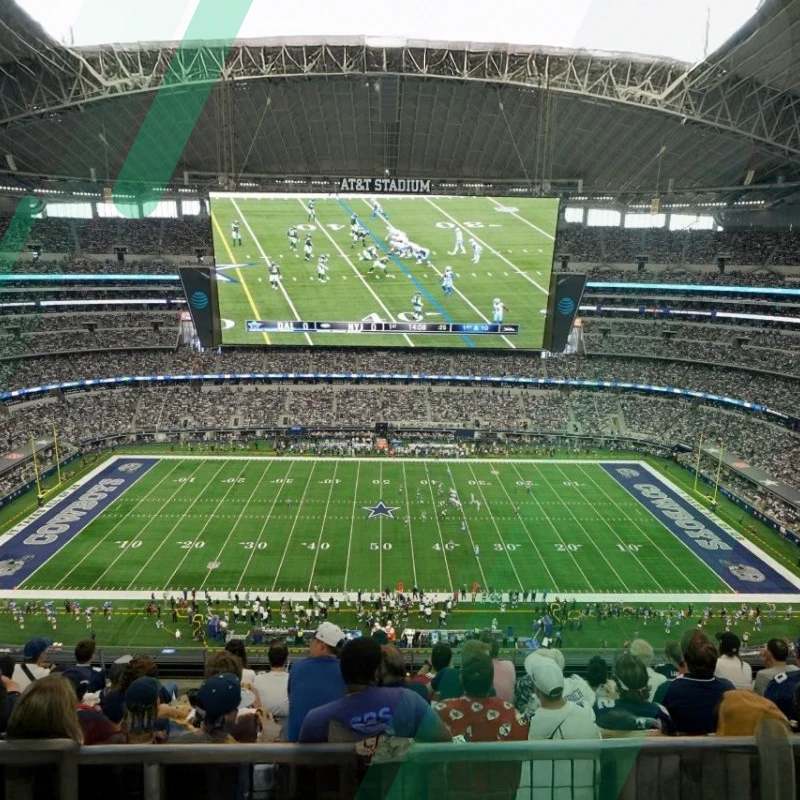



_800x800.webp)



